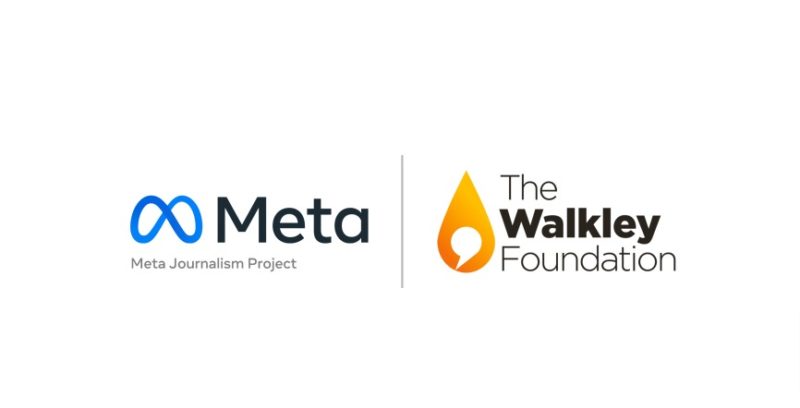Meta, The Walkley Foundation name 54 recipients in $15m funding program’s first round
Newsrooms and independent journalists across Australia are set to receive AU$5 million from the Facebook Australian News Fund.
Multimedia gear, virtual news desks and even bushfire protection suits are among the latest tools of the trade to be awarded to Australian journalists and small news organisations striving to rekindle public interest journalism and accelerate their digital transition.


